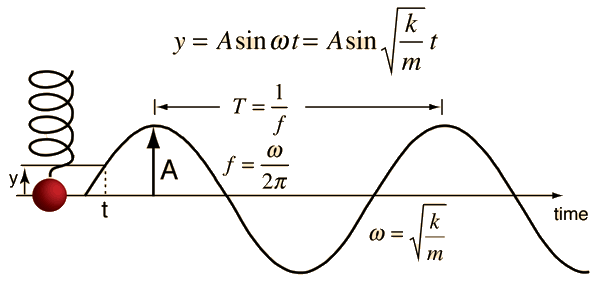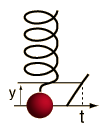Simple Harmonic MotionIT IS ONE OFTHE MOST IMPORTANT TOPIC OF PHYSICS.Simple harmonic motion is typified by the motion of a mass on a spring when it is subject to the linear elastic restoring force given by Hooke's Law. The motion is sinusoidal in time and demonstrates a single resonant frequency.
|
||||||||
| |
Simple Harmonic Motion EquationsThe motion equation for simple harmonic motion contains a complete description of the motion, and other parameters of the motion can be calculated from it.
|
||||
Simple Harmonic Motion Calculation
The motion equations for simple harmonic motion provide for calculating any parameter of the motion if the others are known.





No comments:
Post a Comment